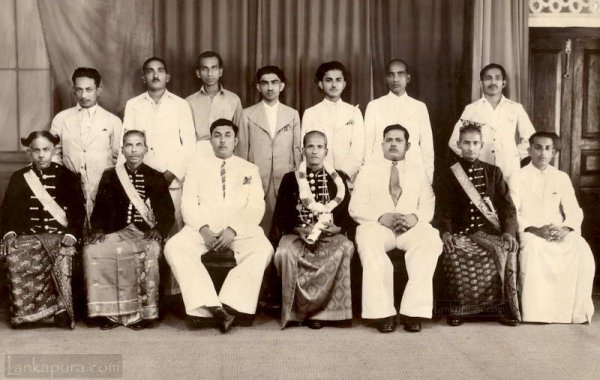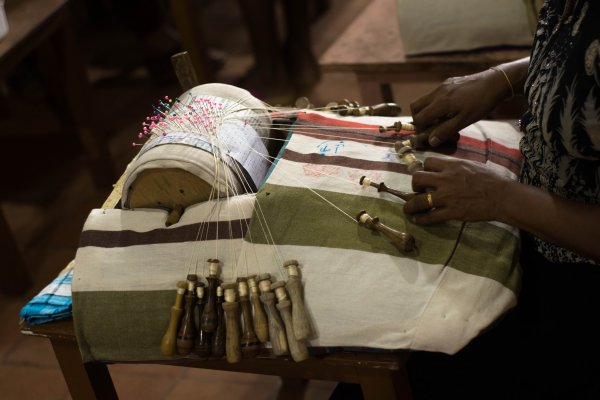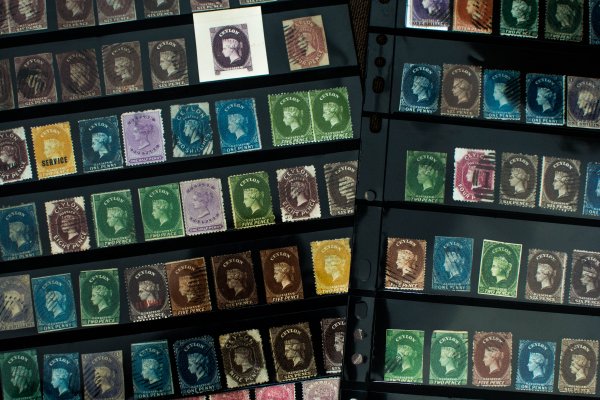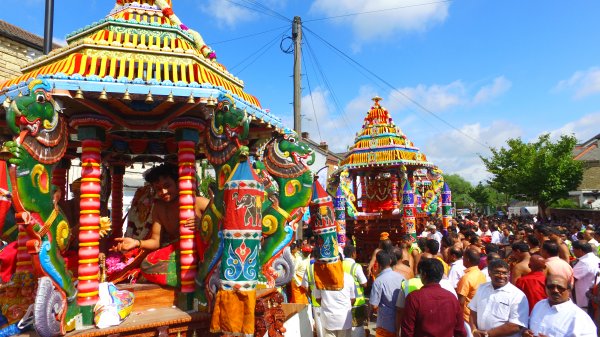
Architecture is one of those professions that gives life to your dreams. Those who had the absolute joy of growing up playing with Lego will understand the simple pleasures of building blocks that evolve into structures. Architecture, although in reality way more complex, melts down to the basics of playing with building blocks to give formation to one’s creativity. With the advancement in building technology and availability of materials, these formations have evolved to test human creativity to extreme extents.
History, culture, locality, religion and climate are some of the factors that influence architecture, thus resulting in an array of diverse building styles across the globe. Sri Lankan architecture, in its truest form, is deeply rooted in the country’s historical background and religions. The local architectural style can be identified by elements such as arches, courtyards, and open verandahs, pitched roofs and contemporary façades to name a few. Architecture of Sri Lanka is a beautiful blend of Dutch, Portuguese, and British styles coming together to create an identity that has made its mark in the architectural world.
A drive through Colombo opens your eyes to a world of architecture that has drawn inspiration from from Sri Lanka’s own heritage, as well as from colonising countries. So, fasten your seatbelts and get comfortable while we take you through the roads of Colombo and enlighten you about some of the iconic buildings scattered across the city.
1) Sambodhi Chaithya
 The impressive Sambodhi Chaithya – Image Credit: www.michaelroamstheworld.blogspot.com
The impressive Sambodhi Chaithya – Image Credit: www.michaelroamstheworld.blogspot.com
Our first stop is the Sambodhi Chaithya, a temple that sits in a secluded corner of Colombo atop two striking intersecting concrete arches. It only makes sense to start this journey by paying homage to a religion that has strongly influenced Sri Lankan architecture in the past and continues to do so even today.
A stupa, defined as a hemispherical structure containing relics and used as a place of meditation, is a renowned symbol of Buddhism. The temple sits at a height of around forty five meters above ground level so that it can be seen by those out at sea, thus giving Colombo a one-of-a-kind type of lighthouse structure. The stupa or dagobas are architecturally admirable due to their structural perfection and stability. The grandeur and stunning white finish of these temples are what make these structures stand out among a cluster of other buildings.
2) Dutch Hospital
A short drive away is the Dutch Hospital Shopping Precinct. This building dates back to the Dutch colonial era, when it was functioning as a hospital from which the name has been derived. The transformation of this hospital into an upscale shopping and dining precinct marked the first of its kind renovation and social circles of all ages flock here almost every weekend.
The Dutch Hospital is everything that Sri Lankan architecture is known for: be it the large courtyards around which the building is composed, or the long open verandahs marked with impressive columns that extend right up to the roof. The roof is the conventional pitched roof with exposed teak beams. Lastly, the materials that have been used in this complex are characteristic of the typical Sri Lankan house, namely concrete, wood and glass, thus creating an environment that is both commercial and suburban at the same time.
3) Galle Face Hotel
 Lavish land extents of Galle Face Hotel – Image Credit: www.ampersandtravel.com
Lavish land extents of Galle Face Hotel – Image Credit: www.ampersandtravel.com
Drive along the famous Galle Face Green promenade and you cannot miss the Galle Face hotel. It falls into this list for being the oldest hotel in Colombo. Hotels in Sri Lanka are set apart by their lavish availability of facilities and significant land space. In a world where real estate continues to climb up the price ladder and hotels are constricted to single buildings, Sri Lankan hotels spread out into numerous wings with pools, restaurant blocks, and lawns and greenery in all its glory.
The Galle Face hotel was built during the British colonial period and boasts of Victorian style architecture. Step into the hotel and you are greeted with the romance of old-world charm complemented with modern day luxuries. The hotel has gone through multiple refurbishments but has managed to maintain the culture and heritage of the country confirming that old is indeed gold.
4) Nelum Pokuna Theatre
 Entrance to Nelum Pokuna Theatre – Image Credit: Andre Vogelaere on flickr
Entrance to Nelum Pokuna Theatre – Image Credit: Andre Vogelaere on flickr
In keeping up with the constantly developing technology, let’s step away from the conventional structures and stop over at a building that created quite a stir; whether it was for good reason or not is debatable, but like the saying goes – any publicity is good publicity. As the name suggests, this performing arts centre is a glorified representation of a lotus pond.
A metallic façade constructed around the entire complex forms the shape of an eight-petal lotus flower, drawing inspiration from the 12th Century Nelum Pokuna (lotus pond) in Polonnaruwa. Unfortunately, the true shape of this structure is only evident through aerial view, which makes the architecture rather redundant. Nevertheless, this complex has not failed to become a key landmark of Colombo city, and is equipped with ultra-modern facilities such as auditoriums, open-air theatre, libraries and training facilities.
5) The Colombo Planetarium
 The iconic Colombo Planetarium – Image Credit: www.yamu.lk
The iconic Colombo Planetarium – Image Credit: www.yamu.lk
We move from one atypical formation to a second more eccentric architectural milestone – the Colombo Planetarium, our last stop for today. This, again, is an example of an architect’s fascination with the lotus and was intended to be seen as a lotus flower from above. The building is the first pre-cast, post-tensioned construct in Sri Lanka and the design was acclaimed across the globe for its ground-breaking and dynamic structure, making use of modern materials and construction techniques of the time.
The profile of this building is relatable to its function and can be seen as a cone-like structure rising from the ground in an attempt to bridge the gap between earth and sky. Special mention has to be given to the play of lights inside the building by strategic placement of openings throughout. The planetarium is an excellent example of modern construction methods working together with traditional design concepts.
“Architecture should speak of its time and place, but yearn for timelessness.”
In many ways, the words of famous architect Frank Gehry describe what Sri Lankan architecture has aimed for: buildings around Colombo have been around for decades, maintaining the characteristics of their time and yet, succeed in being set in any context complementing and harmonising their surroundings.








